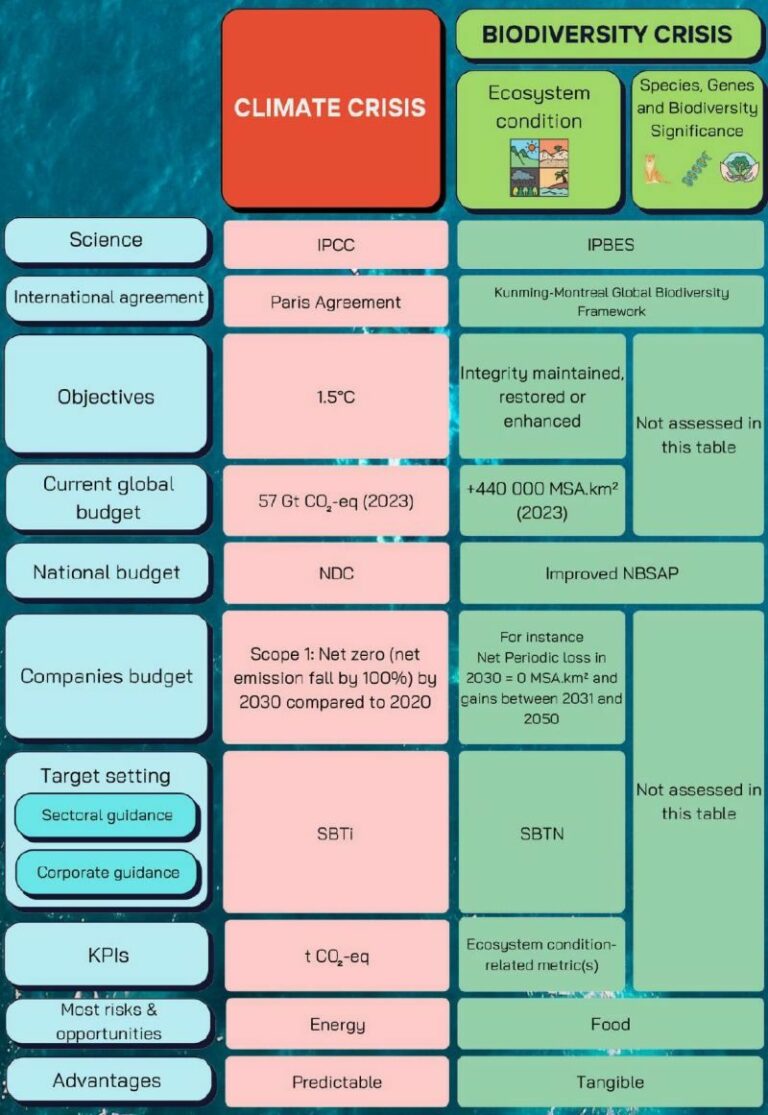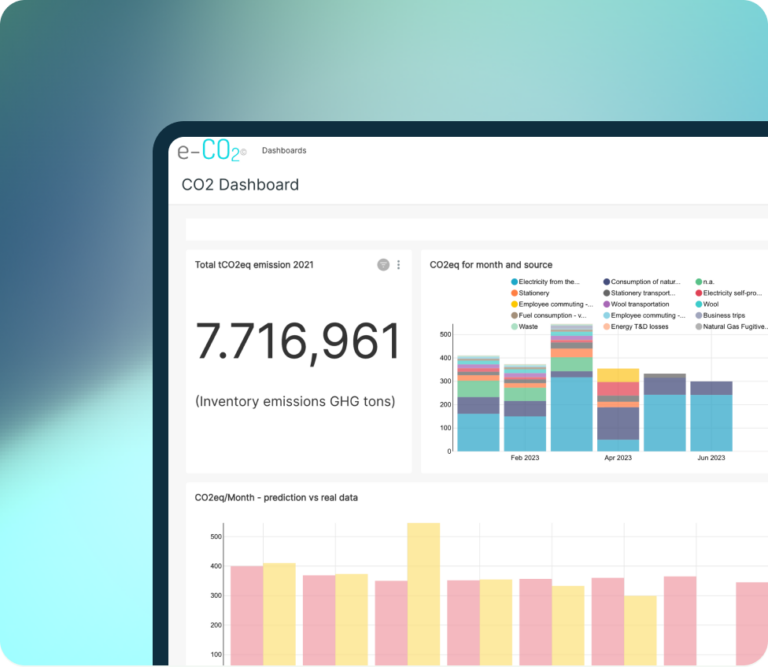Is There a “1.5 °C Equivalent” Biodiversity Target?

Condividi questo post
In the climate arena, the 1.5 °C target guides global action. But what is its counterpart in biodiversity? By applying climate-style mechanisms—science panels, international frameworks, measurable targets—biodiversity policy is evolving toward similarly robust goals.
1️⃣ Science: IPBES as the Biodiversity Equivalent of the IPCC
The Intergovernmental Science-Policy Platform on Biodiversity and Ecosystem Services (IPBES) plays a role equivalent to the IPCC in climate policy. Since its launch in 2012, IPBES produces global and regional assessments, modeling future scenarios to inform biodiversity policy.
2️⃣ Global Agreement: The “Paris Agreement for Nature”
Adopted in December 2022, the Kunming–Montreal Global Biodiversity Framework (GBF) is often called the “Paris Agreement for biodiversity.” It sets an ambitious vision for 2050 and 23 actionable targets to be achieved by 2030.
3️⃣ Goals: From Protection to “Nature Positive”
Like the 1.5 °C climate guardrail, biodiversity aims for a “nature positive” world—one where ecosystem integrity is maintained or improved by 2030 and further restored by 2050.
4️⃣ Global & National Measurement Targets
Global equivalent: measurements range from CO₂-eq for emissions to MSA.km² (Mean Species Abundance over area) to track biodiversity integrity.
National commitments: modeled on NDCs, countries now use National Biodiversity Strategies (NBSAPs) to translate GBF goals into domestic action EcoAct+2Financial Times+2The Times+2IFOAM Organics Europe+15UNEP – UN Environment Programme+15Convention on Biological Diversity+15.
5️⃣ Science-Based Biodiversity Targets for Businesses
The Science Based Targets Network (SBTN) is creating firm-level biodiversity goals, much like SBTi sets science-based climate targets. This enables companies to set credible biodiversity objectives based on evidence and global thresholds.
6️⃣ Biodiversity KPI: Measurable & Auditable
Corporate metrics now can span both climate and nature with sets like CO₂-eq and MSA. Initiatives like the Nature Positive Initiative are defining standardized biodiversity performance indicators for business reporting.
7️⃣ Risks & Opportunities: Climate Meets Biodiversity
IPBES and IPCC jointly highlight that some climate policies may harm biodiversity unless carefully managed. For instance, extensive reforestation can be counterproductive if biodiversity concerns aren’t integrated.
8️⃣ Tangible vs Invisible: Why Biodiversity Germinates Engagement
Unlike invisible CO₂ emissions, biodiversity’s impacts—declining species, lost pollinators, threatened forests—are visible, tangible, and emotionally resonant. This visibility encourages holistic corporate action.
Why This Matters for ESG Strategy
At ecosostenibile.eu®, we believe biodiversity must become a pillar in integrated ESG frameworks. With platforms like eCO₂, companies can monitor measurable biodiversity KPI alongside emissions—driving a nature-positivetransformation that is verifiable, science-based, and aligned with global frameworks.
Christian Sansoni




